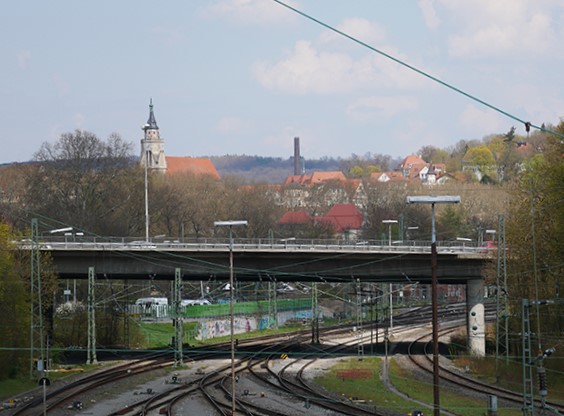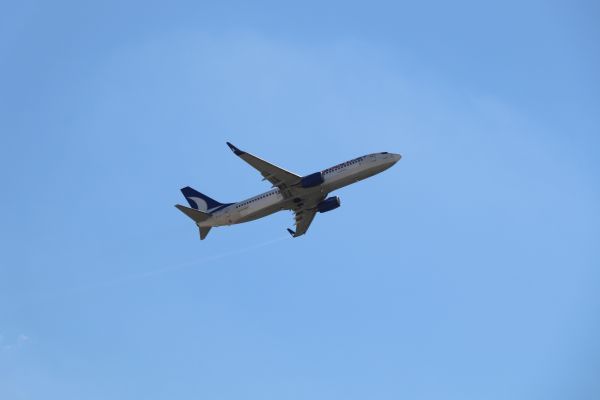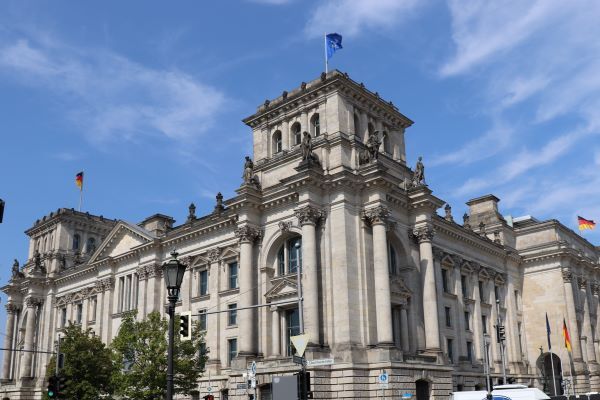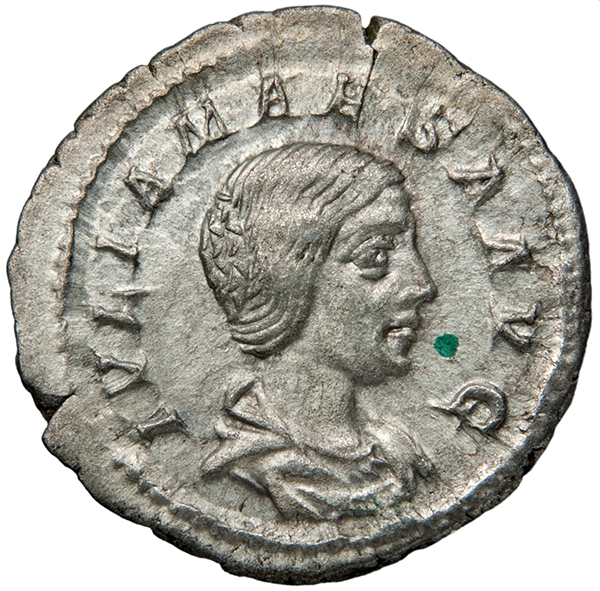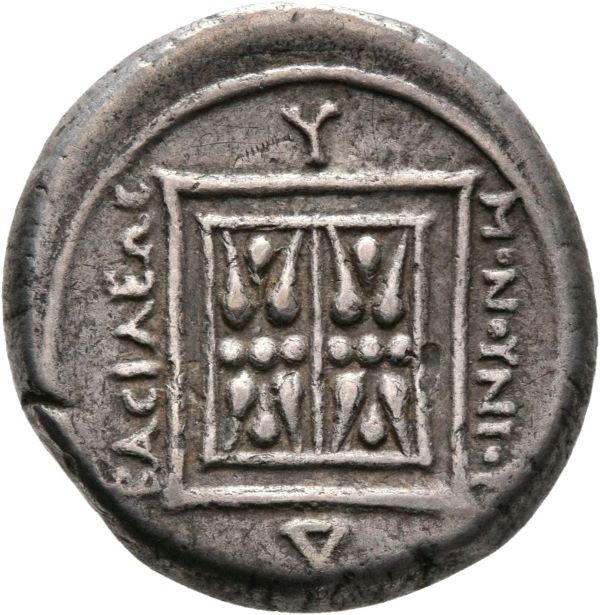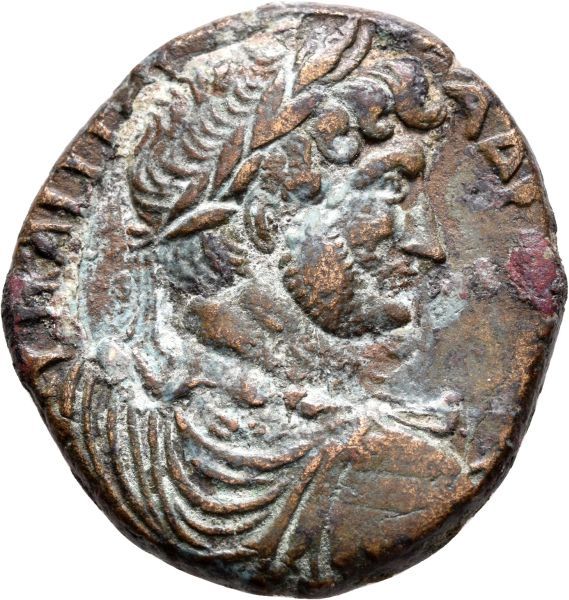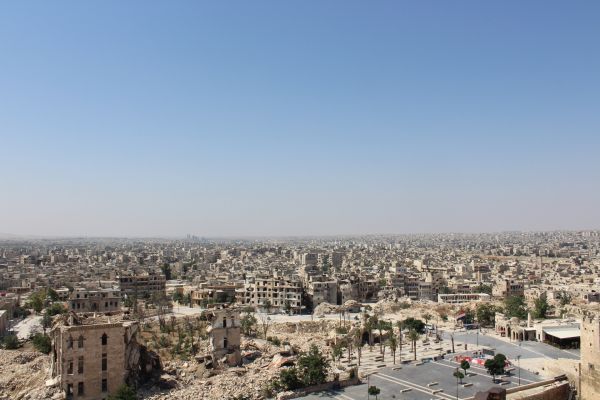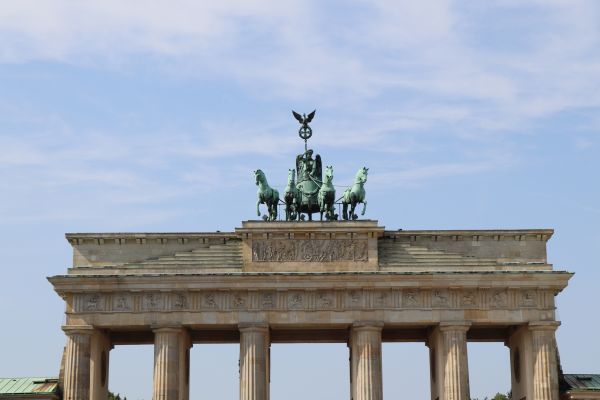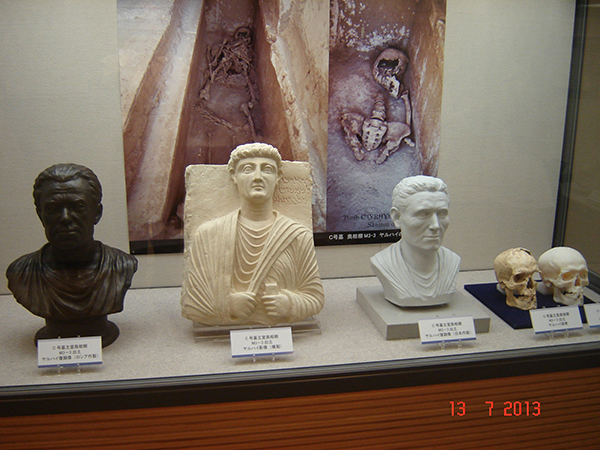By Lobna Alhindi and Michael Seifert You can hear it everywhere: Refugees complain that their German language skills are not developing or even regressing due to a year and a half of pandemic. Lobna herself states: “I have the feeling that I have lost contact with the German language. Before the Corona pandemic, I had many contacts with German friends. We met and talked more often. Then, because of the lockdown, we could no longer meet. Even when the situation got better again, we didn’t meet again. On the one hand, people want to protect themselves and their relatives from… Read More
Category: News In English
Visit visas are often refused: “Like a punch in the stomach”
By Oula Mahfouz and Ute Kaiser The Syrian grandparents in Turkey had one fervent wish: to see their children and grandchildren living in Germany and finally take them into their arms. The 71-year-old grandfather and the 63-year-old grandmother have only known their school-age grandchildren from photos and video calls. The family has been separated since they fled Syria – for six years now. All family members suffer from separation pain, says Hanin (name changed), the daughter who lives in Tübingen. Suddenly, “a light at the end of the tunnel” appeared for them. The family hoped for a reunion in Germany.… Read More
What the new government plans for refugees and migrants
By Michael Seifert The new federal government, formed by the so-called “traffic light coalition” of the parties SPD, “Bündnis 90/Die Grünen” and FDP, has described its plans for the next four years in a coalition agreement. This also contains the political intentions for migration, integration and refugee policy. The realisation of these plans is to take place in laws and amendments to laws. At the moment, no one knows what will actually be implemented and when. So these are declarations of intent. tünews INTERNATIONAL took a closer look at the coalition agreement. The new government formulates as its goal: “We… Read More
The Syrian Julia Maesa was grandmother of two Roman emperors
By Stefan Krmnicek This is a Roman silver coin of the Syrian Julia Maesa from the coin collection of the Institute for Classical Archaeology at the University of Tübingen. On the obverse we see the bust of Julia Maesa facing right. Her wavy hair is parted in the middle and tied up at the back of her head. The Latin inscription IVLIA MAESA AVG names her as “Empress Julia Maesa”. The green dot in front of her face is an ink blot from the inventory of the coin’s first owner, the physician Dr. Karl von Schäffer (1808-1888). Karl von Schäffer… Read More
An Illyrian King in the museum in Tübingen
By Stefan Krmnicek In the Tübingen collection there is a coin that sheds light on the turbulent history of the Western Balkans in the early century BC. The piece should therefore also be of particular interest to the many people whose roots lie in this region and who have found a new home in Germany. The coin with the Tübingen inventory number SNG 1508 is a silver coin weighing 10.49 grammes and measuring just under 22 millimetres in diameter. On the obverse we see a cow standing to the right. She has turned her head back to a calf sucking… Read More
An ancient coin as a source for the history of Gaza City
By Stefan Krmnicek In our series on ancient coins, an ancient coinage from Gaza City in the coin collection of the Institute of Classical Archaeology at the University of Tübingen is presented in more detail today. Gaza City was one of the most important port cities in the region in antiquity and was conveniently located as the end point of the trade routes for the incense trade from the interior of the Arabian Peninsula. The importance of the city is also underlined by the famous mosaic in the Church of St George in Madaba (Jordan), the oldest surviving cartographic representation… Read More
6000 years ago, the first warfare took place on Syrian land
By Youssef Kanjou It is very difficult to determine when humans invented war and how they came to organize fighting as a means of achieving domineering, political and social goals. The only source to answer this question is archaeological excavations before the invention of writing. Through these, many historical battlefields were discovered. The ancient findings show us that conflicts were rare at early stage. Man lived in peaceful mobile groups in the early stages of his life on earth. Signs of wars did not appear until the middle of the fourth millennium BC, when ancient cities and kingdoms were formed… Read More
Automatically learning a foreign language through television
By Michael Seifert Germans do not speak English well. This is the result of a comparative European study: According to it, only 40 per cent are able to hold a simple conversation in English, while in the Netherlands and Scandinavia it is over 80 per cent of the population. Some experts explain the poor performance by the fact that Germany is a “dubbing country”, i.e. English-language films are dubbed into German for television and in the cinema, while in other countries they are broadcast in the “original with subtitles” (OmU). This would “automatically” make people who see these films better… Read More
The separation and reunification of Germany
By Hanna Sannwald Every year on October 3rd, Germany celebrates the “German Unity Day”. This is a national holiday. But, why is this day celebrated? After Germany lost the Second World War (1939-1945), the four winning powers separated Germany into four parts. Today’s states Brandenburg, Mecklenburg-Vorpommern, Sachsen, Sachsen-Anhalt and Thüringen were occupied by the Soviet Union. The other states were the occupation zones of France, the USA and Great Britain. Although Berlin was in the Soviet Union area, it was separated into four zones, one for each winner. This was decided as it was the capital. After the end… Read More
The busts of Palmyra – social media over 2000 years ago?
Youssef Kanjou The city of Palmyra in what is now Syria was famous for a cultural blending of East and West throughout its long history. This is evident in the architecture and in the different religions. Perhaps most important is the tradition of burial rituals in the Hellenistic and Roman periods (about 200 B.C. to 300 A.D.). Even before death, a statue was created for each person by skilled sculptors. The statue is limited to the upper half of the person and should be similar to the person as much as possible. This bust should correspond to the natural size… Read More

